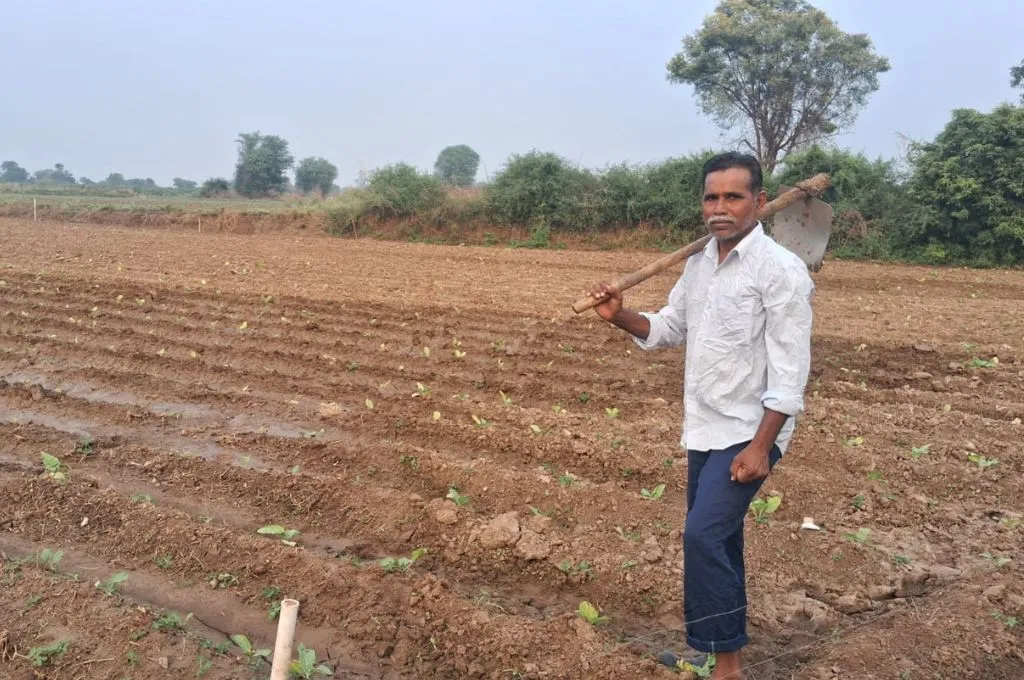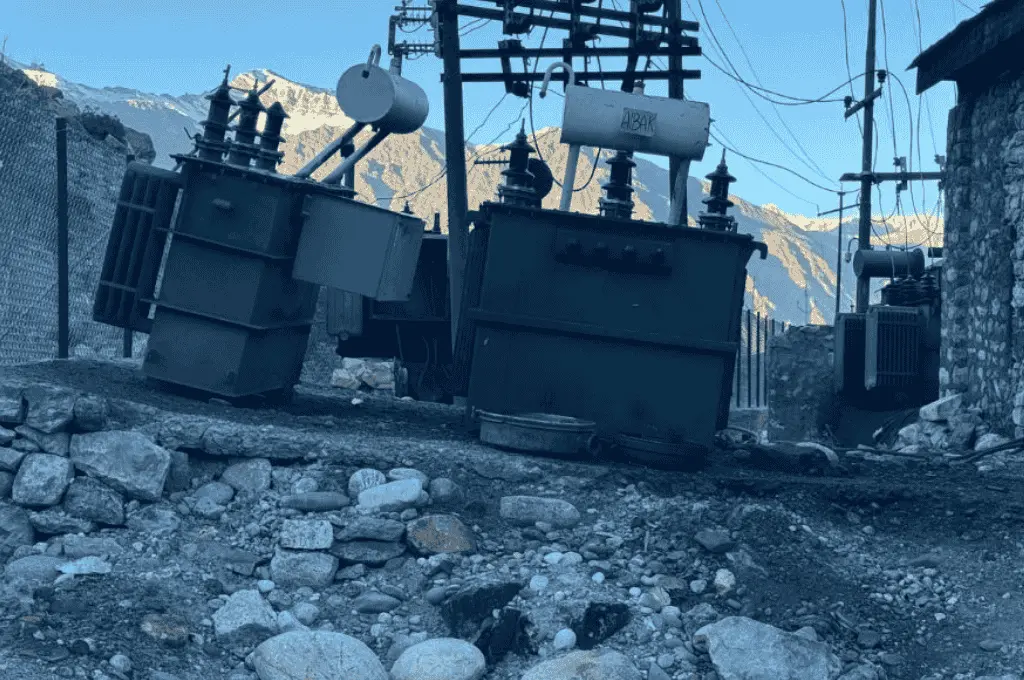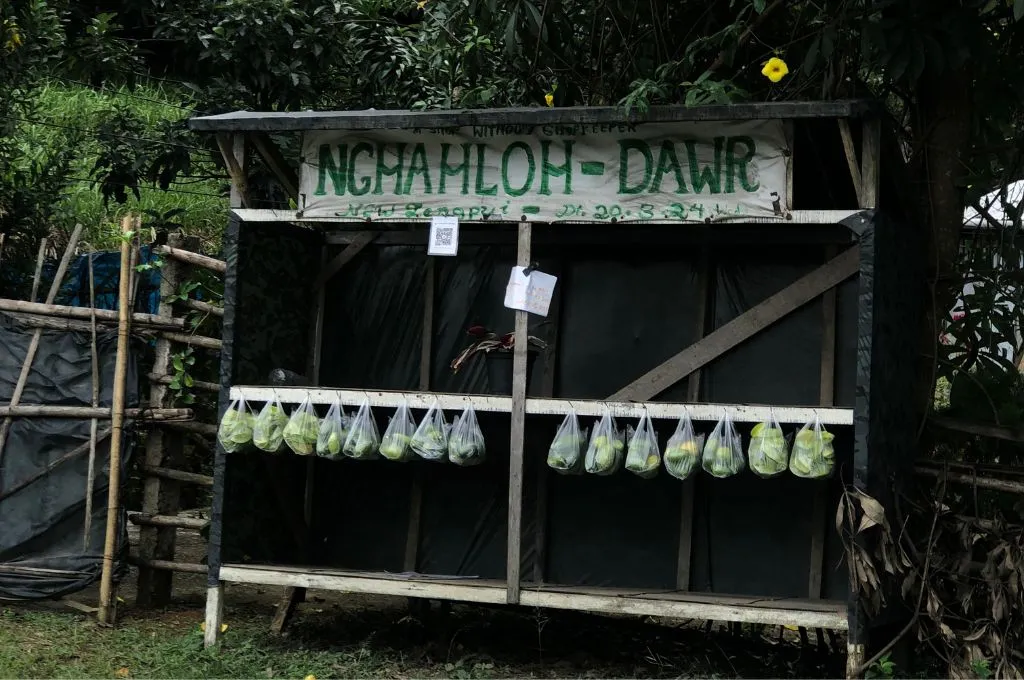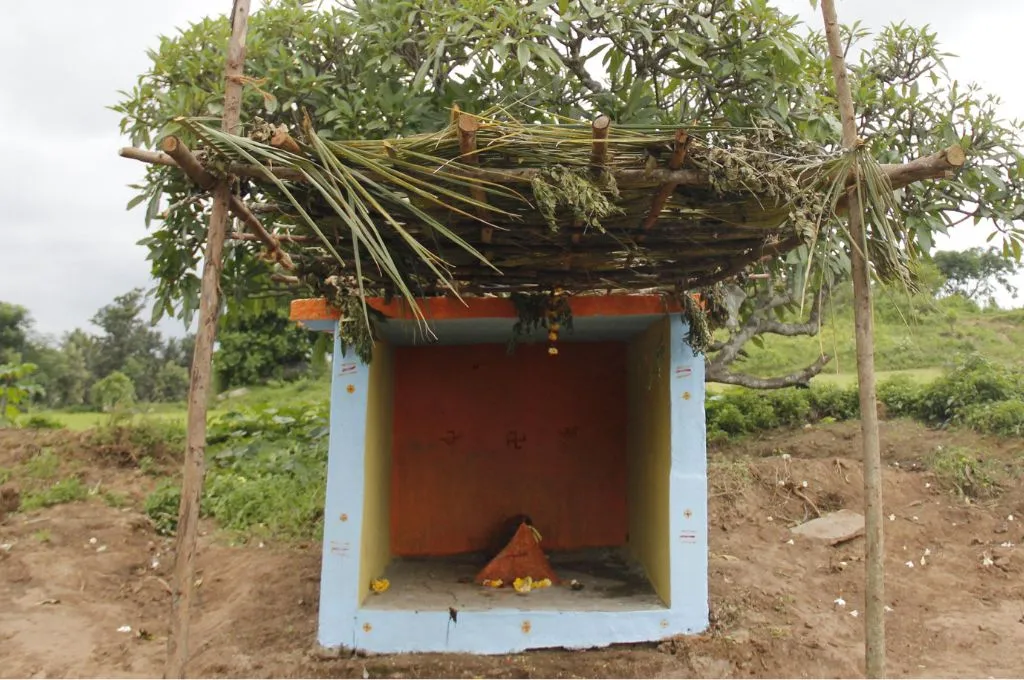Language, power, and health
Janaki Sethi*, an Auxiliary Nurse Midwife (ANM) working in Kashipur block of Rayagada shares her experience of working with Adivasi communities. “Not knowing the state language has a direct effect on Adivasi communities. Dalits are often better at following nutritional advice than the Adivasi mothers. With them, language is not a problem as they understand what we say in Odia.”
Dalits were originally brought to this area by the British; they were labourers and were expected to tell on the Adivasi communities, who refused to accept British rule. Even after the departure of the British, both communities have remained poor and marginalised over the years, but different structural conditions of each have led to different opportunities and outcomes for both.
Dalits, unlike Adivasis, have no rights over land. Because they are poor, they chose formal education as a path to livelihood; they became small traders, routinely engaging with the Odia world and the market. Many also sought government jobs. Today, most frontline health workers in this region are from the Dalit and OBC communities.
Adivasis on the other hand, have land. However, as a community their engagement with the outside world remained limited. Many did not receive formal education, nor did they engage extensively beyond their own people. Despite land ownership, over time they grew more disadvantaged due various environmental and political reasons.
As a result, the communities’ trajectories, one born out of necessity and the other resulting from their social structure, have created (and normalised) strained social equations between them.
Sethi, who belongs to the OBC community herself, explains some of these dynamics using an example: “…moneylenders are mostly Sunthis, Doms (Dalit communities) and Jhodia (OBC community); they take away large amounts of land when Adivasis need cash for festivals, marriages or for agriculture.” Needless to say that the upper castes also are significant contributors to the exploitation of Adivasis in the market.
When it comes to accessing healthcare, this unequal power dynamic acts as a strong barrier. We often assume that awareness is the most pressing issue that hinders the process of increasing access and ensuring that entitlements reach communities. However, the inability to articulate their needs in the language that frontline health workers understand, limits what these Adivasis from Kashipur can get out of the system. Also adding to the problem is that these government workers—many of them from Dalit and OBC communities—often operate from a position of bias, especially when engaging with Adivasis.
Given what is at play at a social and political level when it comes to accessing healthcare, it is critical to have a fair representation of communities among health workers.
*Names have been changed for privacy.
Sanjana Santosh is a research assistant at the School of Health System Studies, TISS, Mumbai.



